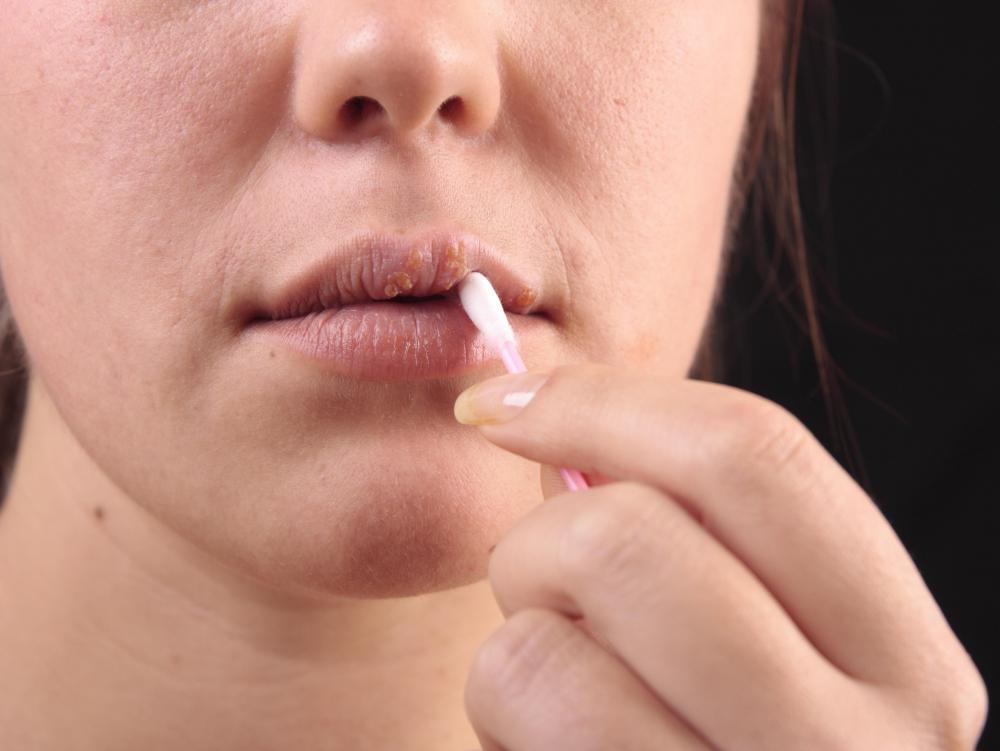At WiseGEEK, we're committed to delivering accurate, trustworthy information. Our expert-authored content is rigorously fact-checked and sourced from credible authorities. Discover how we uphold the highest standards in providing you with reliable knowledge.
What Is Cheilitis Granulomatosa?
Cheilitis granulomatosa is a disorder that periodically appears and that most often involves the swelling of the lips, but may also include swelling of other areas of the head. The outbreaks of swelling may also be accompanied by headaches, fever or vision problems. An exact cause of this medical condition is unknown, but the medical problems, Crohn's disease, a severe allergic reaction or the inflammatory disease sarcoidosis are often closely associated with this lip disorder. Confirmation of a diagnosis is accomplished through a skin biopsy.
This form of facial edema is episodic with the first occurrence lasting just a few hours or days. Subsequent outbreaks will be more severe and last longer, with the problem often becoming permanent. As the number of outbreaks increases and worsens, the appearance of the lips begins to change. The lips will become cracked and sores may develop. In addition, a brownish coloring, along with a scaly texture, may gradually develop around the edges of the lips as well as underlying lip tissue hardening.

The most common area for swelling with cheilitis granulomatosa is the lips. Swelling, however, can also appear in the cheeks, forehead or eyelids. Occasionally, swelling is observed in one spot on the scalp. Some patients experience concurrent symptoms with the mouth or facial swelling that include headaches, an elevated temperature or impaired vision.

Diagnosis of this condition is done using a skin biopsy. Pathological review of a positive cheilitis granulomatosa skin biopsy will reveal that the dermis or inner layers of skin are saturated with inflammatory cells. These inflammatory cells produce the thickening and discoloration of the lips.
The first course of treatment used to bring cheilitis granulomatosa under control is to treat any of the associated diseases such as Crohn's disease or sarcoidosis, which might be responsible for a flare-up of the condition. If an allergic reaction is suspected, a careful review of recent food or chemical exposures, in conjugation with some allergen skin tests, may reveal a new allergy. Avoiding the allergen in the future may control or minimize future outbreaks.

If the symptoms persist, medical treatment may be necessary. The second course of treatment is to employ topical corticosteroids or anti-inflammatory antibiotics to reduce the edema. As a last resort, the lips can be surgically treated to minimize the amount of swollen tissue.
AS FEATURED ON:
AS FEATURED ON:
















Discuss this Article
Post your comments